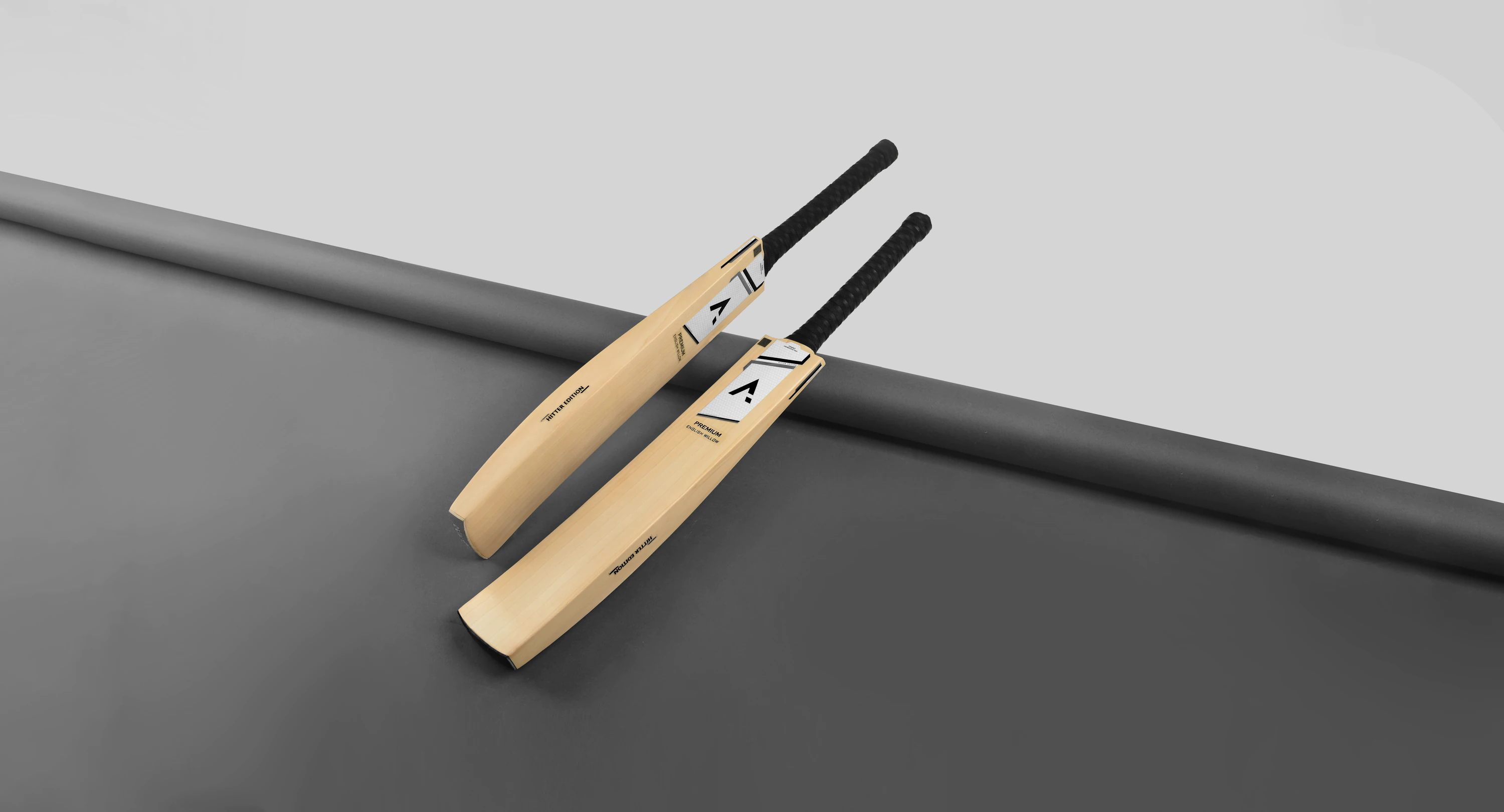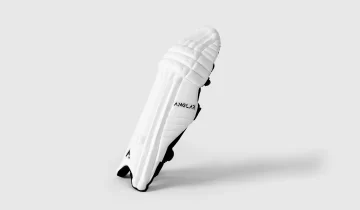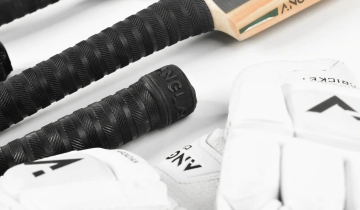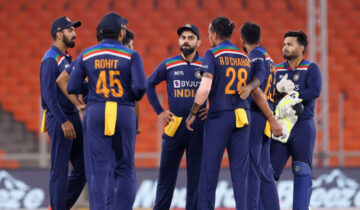Cricket bats have evolved over the years. Earlier, it used to be a thin willow wood that has now quadrupled in size. It was challenging to score boundaries or get alone sixes, but things have changed, especially after the introduction of T20 cricket. Nowadays, batsmen hit more sixes than four; they can now score anything and chase any target no matter how big it is, and the whole credit goes to the modern cricket bats.
Many believe that the change in this whole scenario is due to current-generation batsmen as they are more powerful. They also consider shorter boundaries as one of the reasons for the improved game. But these are not the sole reasons, cricket bats’ evolution over time is one reason that has enabled power hitting. Let’s find out how modern cricket bats have helped power hitting and changed the game!
How Did Blades Evolve – History of Cricket Bats
Until the 18th century, cricket bats resembled hockey-shaped sticks with bowlers bowling underarm. In 1770, when the bowling rules changed, it led to a change in the shape of the cricket bats. Now, they had some swell at the bottom.
When round-arm bowling was introduced in the 1820s, this affected the bat’s shape, and they were lighter with some more swell. Finally, in 1864, when overarm bowling was introduced, blades were made more lightweight. As time passed, the bats grew in weight and size and evolved to the current cricket bats.
It is evident that cricket has evolved over the years, and so do cricket bats. Batting was not about hitting boundaries; it was more about the technique. Players had to cope up with the game to get sixes and fours.
In modern cricket, one way to master the game was to have better bats; this made bats better. Let’s find out what exactly has changed with the bats.
Modern Bats & Some Interesting Facts
The cricket bat has changed over the years; there has been a significant change in the blade and the bat’s weight, which has a considerable impact on the hitting ability of the batting blade. The larger the center, the more the chances of hitting the ball hard. The same is true about the weight of the cricket bat. Furthermore, the thick spines of bats available today are so thick that they have sweet spots for hitting, and when the ball hits them, it flies high. Moreover, today’s bat has perfect curves. All these things together have made a new level of six-hitting possible. It is no surprise that every batsman looks for Custom Made Cricket Bats with ideal weight.
Given below are typical modern specifications and how do they affect the bat:
- Weight: Weight is the essential factor of cricket bats that has enabled power hitting, which automatically affects the six-hitting ability of the cricket bat. Modern players love playing with heavy bats as they hit more sixes than previous generations. Heavier the bat, the longer the ball will go after connecting a hit. But on the downside, players need to make more efforts to move heavyweight bats to middle the balls. Bats typically weigh from 1.2 kg to 1.4 kg.
- Sweet Spot: The middle or sweet spot is the area of the cricket bat that falls between 6 to 10 inches from the toe. It is the central part of the bat from where players hit the ball. Studies are still going on to figure out how to make the most out of the middle. Modern bats have large sweet spots densely packed with wood. The overall depth or the spine height of the bat should not exceed 67 mm.
- Curve: There is a curve in a cricket bat that has many functions, such as adding superiority to various shots, balancing the bat, and enlarging the sweet spot. Sometimes the curve’s critical role is to play some aerial shots comfortably. Players can easily play shots at an angle that would have been impossible to play otherwise. Curve also increases the bat’s sweet spot area without increasing the bat weight. Weight distribution and curve together give the best sweet spot or middle to the bat.
- Edges: Modern bats have thick edges, which means a wider sweet spot, which further increases the hitting ability of the bat. Thicker edges improve the swing weight and enhance performance without ruining the balance of the bat. However, each player has their own bat requirements in terms of size, weight, and curve. Not every player uses the exact same bat. They give their own specifications to top cricket bat manufacturers in India, producing bats accordingly. Laws of cricket state that the edges of a bat cannot be thicker than 40 mm.
An important factor that everyone should know is that batsmen use different kinds of bats in discreet formats and playing conditions. But one thing common in all those bats is that they never let the players down and allow them to hit boundaries.
Conclusion
Undoubtedly, cricket bats have changed the way cricket is played. Modern bats and their unique construction are the reasons why batsmen successfully clear boundaries without breaking a sweat. This has made cricket fascinating. Therefore, it is evident why choosing the right cricket bat is important. So players nowadays are making their bats custom made from top manufacturers so that they get the bat according to their requirements.












